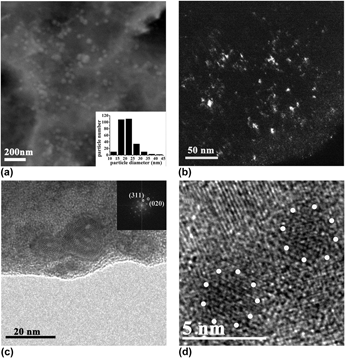Article contents
Effects of trace La additions on the microstructures and properties of nanoprecipitates strengthened Cu–Zr alloys
Published online by Cambridge University Press: 23 December 2014
Abstract

The effects of trace La additions on the microstructures and mechanical properties of Cu–0.2 wt% Zr alloy have been investigated. Traditional thermo-mechanical processing was applied to the Cu–Zr alloys. Isochronal aging and isothermal aging were used to optimize the aging conditions. According to the hardness and conductivity tests, the optimized aging condition should be 150 min isothermal holding at 400 °C following 85% cold-rolling. If the as-cast sample is subjected to aging, the addition of La obviously refines the microstructures. After cold-rolling, however, the La addition has no significant effects on the grain size of the aged sample. SEM and TEM are combined to observe the distribution and morphology of the precipitates, which are identified to be Cu5Zr. The addition of La can improve the hardness and conductivity simultaneously in the as-cast samples after aging, while it improves the hardness and strength and decreases the conductivity slightly in the cold-rolled samples after aging. XRD and TEM results show that the lattice parameter and the dislocation density are increased by the addition of La.
Keywords
- Type
- Articles
- Information
- Copyright
- Copyright © Materials Research Society 2015
References
REFERENCES
- 9
- Cited by




